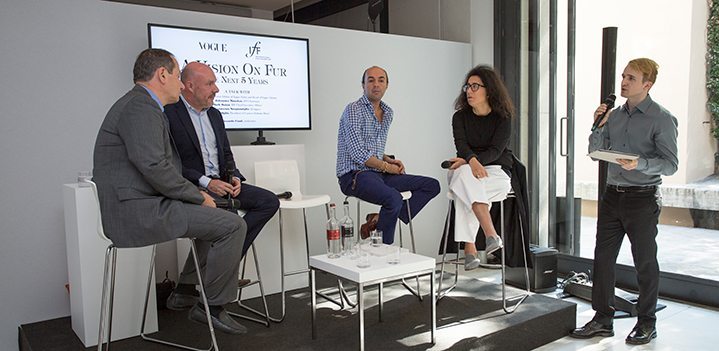But it’s not just the candidates who have a dilemma. What the boss wears can set the whole tone for the office environment. I have established a laidback relaxed approach at our head office, so the team knows that jeans and t-shirts are fine as long as with it comes a creative, friendly attitude.
I hate dressing formal. It goes back to my days as a member of parliament. There was a strict dress code, and if you wanted to speak in the Chamber a jacket and tie was a must, and the speaker would have thrown you out as fast as he could shout ‘order’ if you strayed from the rules. I hated the various dinners and events that went with the job and the hassle that came with it of dragging around the old black tie in a suit bag on the rubber chicken circuit.
I’ve lost count of the number of times I found myself rushing into a taxi trying to fix my collar using the window as a mirror. I hated the tight collar that dug in and gave me a double chin. My black tie has long since gone to a charity shop along with hundreds of ties. I own just three now and the obligatory black one for funerals (note to my children – no tie or black at mine!)
I work in a business that’s part fashion and part serious political issues, so my wardrobe needs to be Jekyll and Hyde. Speaking at Milan fashion show in jeans in the morning, to talking with politicians in Brussels in a suit in the same afternoon requires some planning and a quick change. Fashion is also a young person’s world, so without being ageist in anyway, now that I’m over 50 I worry that I can easily look slightly past it, which perhaps explains the jeans and dress down approach as it hopefully knocks off a few years. But the opposite may be true for younger members of staff. Do they feel the need to wear a suit and tie to add gravitas?
And I’m aware that the situation is way more complicated if you are a woman! You only have to look at all the discussion over women in the public eye, from Theresa May’s kitten heels, to the trouser suit favoured by Hillary Clinton and Angela Merkel. And we all know that the debate over heels or flats can be an HR minefield in many of the more conservative businesses!
How is a woman in business meant to dress? If you work in media or any of the uber-hip tech businesses in Silicon Roundabout and places like them, there’s real pressure to look cool. But looking cool for a woman has way more permeations than it does for a man. And as women get older, it gets harder. I was reading accounts from American women changing direction mid-way through their careers, mainly because of redundancy. Some were lucky enough to get jobs in ambitious start-ups and tech businesses like Google. The dress code seemed to be one the biggest things they struggled to get their head around, to the point that some booked appointments with image consultants. Just like men, after a career wearing a suit and heels in a corporate environment, they now had to reinvent themselves sartorially, mainly to appear relevant and be taken seriously by their much younger colleagues. And that’s even before they started delivering on their job description!
I know workplace dress codes are usually unwritten and grow out of culture. If you get the memo, so to speak, all well and good. But it can be so easy to stick out like a sore thumb if you fail to read between the lines. When did things get so complicated?






